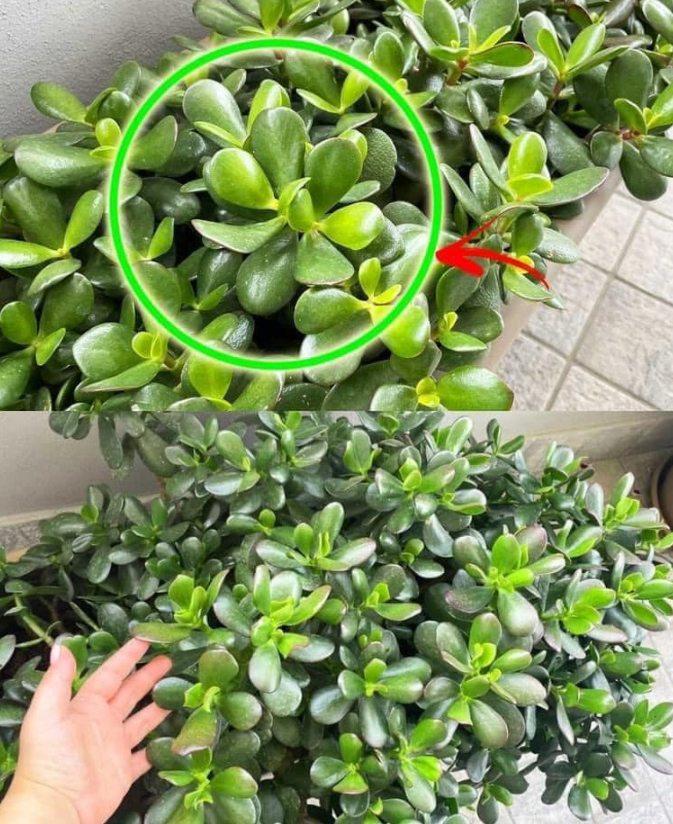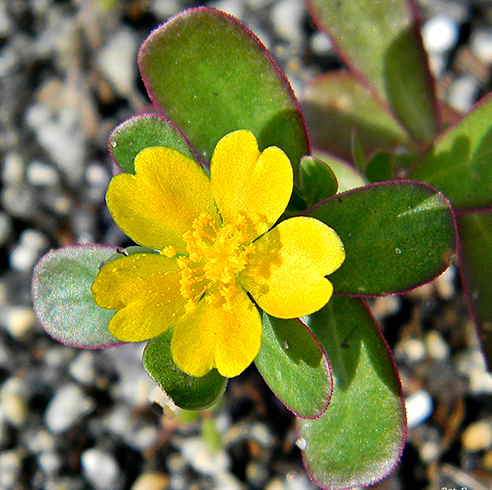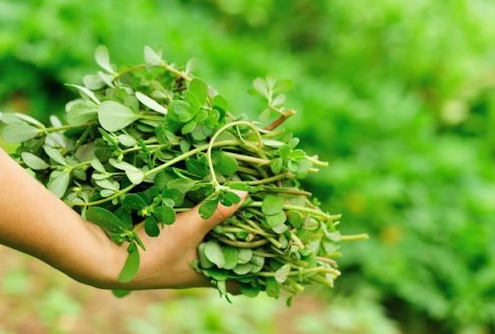Jade plants, also known as “money trees” (Portulacaria afra), are beloved houseplants celebrated for their thick, succulent leaves and symbolic connection to prosperity and good fortune. Originating from South Africa, this hardy plant has become a favorite among indoor gardeners due to its beauty, resilience, and low-maintenance nature. Whether you’re a beginner or a seasoned plant enthusiast, caring for a jade plant is a rewarding experience that adds charm and positive energy to any space.

In this guide, we’ll explore everything you need to know about successfully growing and maintaining a thriving jade plant in your home.
Choosing the Perfect Spot for Your Jade Plant
One of the first steps in ensuring your jade plant flourishes is selecting the ideal location. These plants love sunlight but require a balance between exposure and protection. Placing your jade plant in bright, indirect light is crucial to promote healthy growth.
Best lighting conditions: A spot near an east- or west-facing window provides the perfect amount of sunlight without the risk of leaf scorch. If placing your plant near a south-facing window, consider using sheer curtains to diffuse the light.
Adjusting for seasons: During the summer months, you may place your jade plant outdoors in a shaded area, but as winter approaches, be sure to bring it back inside to protect it from cold temperatures.
Watering: The Key to Preventing Root Rot
Jade plants, like most succulents, have the ability to store water in their leaves and stems. This allows them to survive periods of drought, making them highly adaptable. However, improper watering can lead to issues such as root rot.
How often to water: Water your jade plant only when the soil is completely dry. Generally, watering every 2 to 3 weeks during the growing season (spring and summer) is sufficient. In winter, when the plant enters dormancy, reduce watering to once a month or less.
Checking soil moisture: Stick your finger about an inch into the soil. If it feels dry, it’s time to water. If it’s still damp, wait a few more days before watering again.
Best watering method: When watering, pour slowly and deeply until water drains out of the bottom. Always empty the saucer to prevent excess moisture buildup.
Choosing the Right Soil and Pot for Healthy Roots

A well-draining soil mix and the right type of pot can make all the difference in keeping your jade plant happy and healthy.
Ideal soil mix: A high-quality cactus or succulent mix works best, as these provide proper aeration and drainage. If you prefer DIY, mix regular potting soil with sand and perlite for improved drainage.
Pot selection: Choose a pot with drainage holes to prevent excess water from sitting at the bottom, which can lead to root rot. Terracotta pots are an excellent choice as they absorb moisture, helping regulate soil dryness.
Fertilizing for Vibrant Growth
Although jade plants don’t require heavy feeding, the right fertilizer can promote lush foliage and overall vitality.
When to fertilize: Feed your jade plant once a month during the growing season (spring and summer) with a balanced succulent fertilizer. Avoid fertilizing in winter when the plant is dormant.
Type of fertilizer: A diluted liquid fertilizer (half the recommended strength) is best to prevent over-fertilization, which can harm the roots.
Pruning for Shape and Health
Pruning not only maintains an attractive shape but also encourages new growth and prevents legginess.
When to prune: The best time to prune is during the growing season, particularly in spring.
How to prune: Use clean, sharp scissors or pruning shears to trim leggy stems and remove any yellowing or damaged leaves. Snipping just above a node (where leaves attach to the stem) encourages bushier growth.
Propagation opportunity: The cuttings from pruning can be easily propagated into new plants. Simply let the cut end dry for a day or two, then plant it in a fresh potting mix. With a little patience, you’ll have new jade plants to expand your collection or gift to friends!
Preventing and Treating Pests and Diseases

While jade plants are relatively low-maintenance, they are not immune to pests and diseases. Keeping an eye out for common issues will help ensure your plant stays healthy.
Common pests: Mealybugs and spider mites are the most common pests affecting jade plants. If you notice small cotton-like clumps or webbing on your plant, treat it immediately with a gentle insecticidal soap or neem oil.
Signs of overwatering: Yellowing leaves and mushy stems often indicate overwatering. Reduce watering frequency and check for root rot. If the roots are brown and mushy, trim off the affected parts and repot the plant in fresh, dry soil.
The Joy of a Thriving Jade Plant
Caring for a jade plant is incredibly rewarding. With the right balance of sunlight, watering, soil, and occasional pruning, your jade plant will thrive and bring beauty to your home for years to come. More than just a decorative houseplant, the jade plant is believed to attract wealth, prosperity, and positive energy, making it a cherished addition to any living space.
So why wait? Start your jade plant journey today and enjoy the simple yet profound joy of nurturing a piece of nature in your home.
News
“Guilty as Charged!” – The Chilling First Words of Caitlin Clark’s Alleged Stalker in Court
A jaw-dropping moment has erupted online as a video surfaces showing the first words spoken in court by Michael Thomas Lewis, the man accused of stalking WNBA…
‘No way’ – Sophie Cunningham turns heads with Caitlin Clark-inspired outfit before Indiana Fever go on to lose
WNBA star Sophie Cunningham stunned fans with a Caitlin Clark-inspired outfit before their team’s eventual loss on Sunday. Cunningham, 28, has been in the spotlight since…
Sophie Cunningham slams WNBA referees for not protecting ‘star player’ Caitlin Clark after Indiana Fever bust-up
WNBA star Sophie Cunningham has launched a stunning attack on referees for failing to protect the league’s top talent. The 28-year-old Indiana Fever guard has been dubbed Caitlin…
New Gruesome Slo-Mo Video Shows Close-Up Of Tyrese Haliburton’s Achilles Exploding During Game 7 Of NBA Finals, And It Does Not Look Good
Tyrese Haliburton only had one more game to play this season, and he won’t be able to finish it. In the first quarter of Game 7 against the…
Simone Biles Speaks Out After Slamming Riley Gaines for Her Views on Transgender Athletes
Simone Biles is speaking out again after she slammed Riley Gaines for her views on transgender athletes in sports. Biles, 28, posted a lengthy message on X on Tuesday, June 10,…
Stephen A. Smith blew up the screen by calling Angel Reese a “jealous bully,” exposing her foul play and Caitlin Clark’s teasing. The backlash turned Reese into the WNBA’s new “villain” and fueled the question: Will her career crash before it really takes off?
The burgeoning rivalry between Angel Reese and Caitlin Clark has become a defining narrative of the early WNBA season, carrying the intensity of their college battles into…
End of content
No more pages to load







